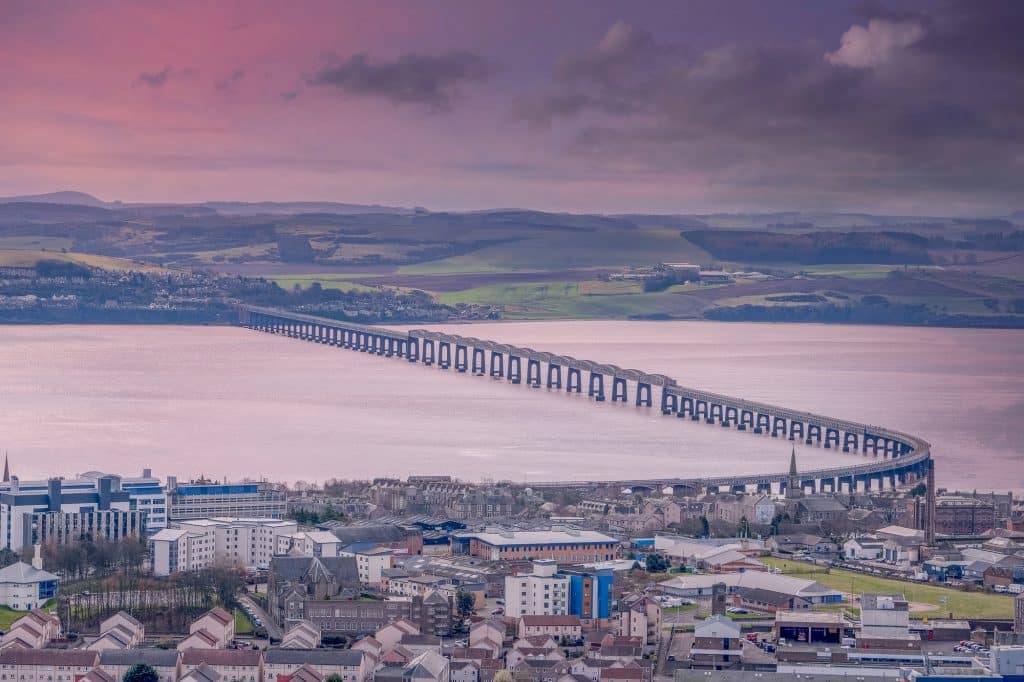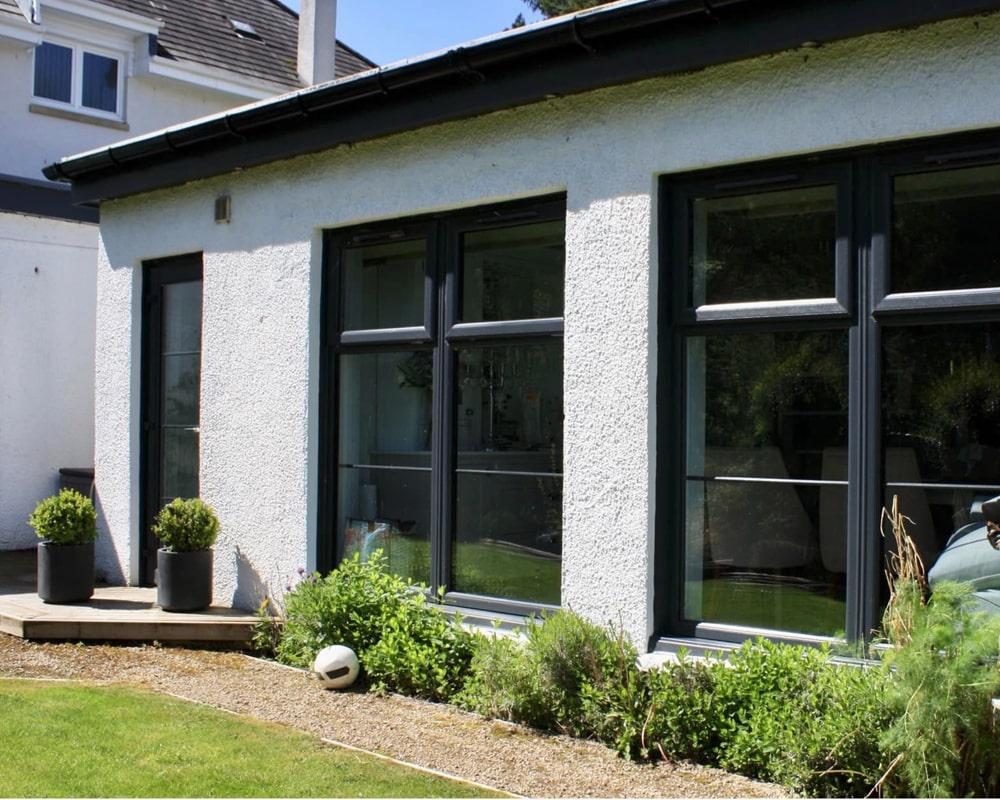From Pictish hill fort to UNESCO City of Design, Dundee’s remarkable journey through time reveals a city that has repeatedly transformed itself through adversity. This compact Scottish city on the banks of the River Tay has been shaped by royal charters, foreign invasions, industrial revolutions, and economic reinventions—each chapter adding depth to its compelling historical narrative.
Ancient Beginnings and Medieval Growth
Archaeological evidence reveals human settlement in the Dundee area dating back to the Stone Age. During the Iron Age, the strategic high ground of Law Hill became an important defensive site, with remains of an Iron Age fort still visible today—a testament to the area’s military significance across centuries.
The Pictish period remains somewhat mysterious, though local legends suggest Dundee may have been the site of a significant battle between Picts and Scots where the Scottish leader Alpin was beheaded. While concrete evidence remains elusive, the surrounding Angus countryside contains numerous Pictish stone carvings that hint at the area’s importance.
Dundee’s formal establishment as a town came in the late 12th century with King William I’s Royal Charter, though it would take until 1292 for it to achieve Royal Burgh status. By this time, the settlement had formed around its castle, becoming an increasingly important trading port.
Wars of Independence and English Aggression
The Wars of Scottish Independence brought significant challenges to Dundee. When Edward I of England seized the town and garrisoned Dundee Castle, it was the legendary William Wallace who besieged and recaptured the fortress from English hands. This would not be the last time Dundee faced English aggression.
During the 16th century’s “Rough Wooing”—when Henry VIII attempted to force a marriage between his son and Mary Queen of Scots—Dundee suffered bombardment from English cannons. The city’s defenses were hastily strengthened with walls, though these proved insufficient against later threats.
The most devastating blow came in 1651 when Oliver Cromwell’s forces completely sacked the city. This brutal attack set Dundee back significantly, destroying much of its infrastructure. Today, only a small fragment of the defensive walls—Wishart Arch at Cowgate—remains as a silent witness to this violent chapter.
Industrial Revolution: Jute, Jam, and Journalism
Dundee’s true renaissance came with the Industrial Revolution. The 18th and 19th centuries saw the city transform into an industrial powerhouse, remembered for the “three Js”: jute, jam, and journalism.
The jute industry became Dundee’s economic backbone, with the city processing this natural fiber imported from India on an immense scale. At its peak, approximately 50,000 people—representing over a third of Dundee’s population—worked in the jute mills, earning the city the nickname “Juteopolis.”
The “jam” component of Dundee’s industrial trinity began in 1797 when Janet Keiller transformed bitter Seville oranges into marmalade, establishing a business with her husband James that would become world-famous. This innovative product became synonymous with Dundee, contributing significantly to the city’s economic recovery after earlier hardships.
The “journalism” element emerged in the early 20th century when D.C. Thomson established its publishing business in 1905. The company would go on to produce beloved publications including The Dandy, The Beano, The People’s Friend, and The Sunday Post, cementing Dundee’s reputation as a centre for print media.
Maritime Heritage and Exploration
Dundee’s position on the Tay Estuary made it a natural shipbuilding centre. The city gained particular renown for constructing whaling vessels that were among the hardiest in Britain. This shipbuilding expertise culminated in the construction of the RSS Discovery launched in 1901 to carry Captain Robert Falcon Scott on his first Antarctic expedition. Toda2y, this historic vessel rests at Discovery Point on Dundee’s waterfront with a visit considered one off the best things to do in Dundee, a proud symbol of the city’s maritime heritage and spirit of exploration. Dundee has always been a vibrant hub of business and industry, a proud tradition we are proud to contribute to as the leading supplier of Double Glazing in Dundee, offering a wide range of different window styles to property owners across the city.
The city’s connection to the sea brought both prosperity and tragedy. In 1878, the Tay Rail Bridge opened as a marvel of engineering, only to collapse catastrophically just over a year later in December 1879, killing 75 people. This disaster led to significant advances in civil engineering practices, and the replacement bridge, completed in 1887, still stands today.
Modern Challenges and Reinvention
The aftermath of World War I brought economic hardship to Dundee. The jute industry declined as Indian mills outcompeted their Scottish counterparts, leading to widespread mill closures and unemployment. This economic blow was deeply felt by a city that had relied so heavily on a single industry.
However, Dundee has consistently demonstrated remarkable resilience. The later 20th century saw the city gradually diversify its economy, with education becoming a key sector through the University of Dundee and Abertay University. These institutions have helped drive Dundee’s modern reinvention as a centre for life sciences, digital media, and design.
Today, Dundee stands as a testament to successful urban regeneration. Its waterfront redevelopment, anchored by the V&A Dundee reflects both pride in the city’s rich heritage and ambitious vision for its future. From ancient Pictish settlement to industrial powerhouse to UNESCO City of Design, Dundee’s remarkable history continues to evolve, defining this unique Scottish city on the silvery Tay.












